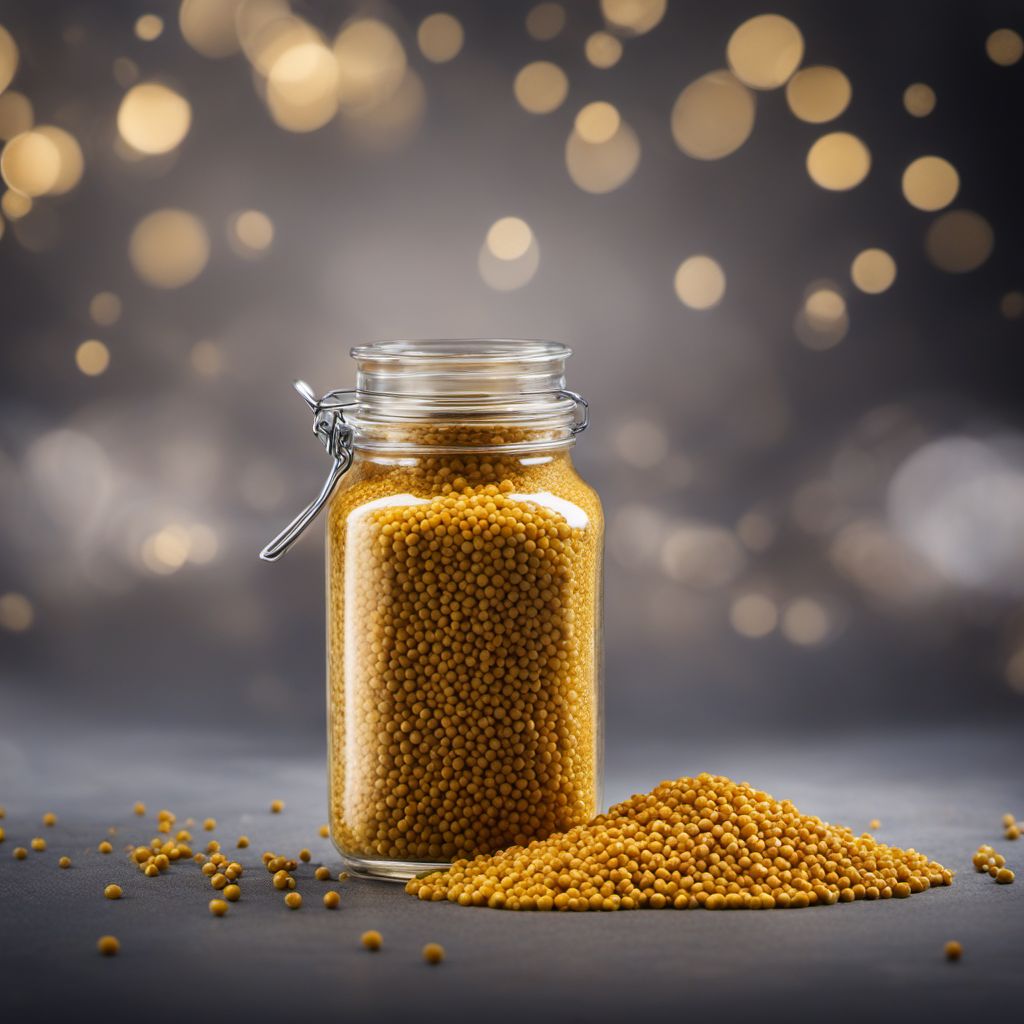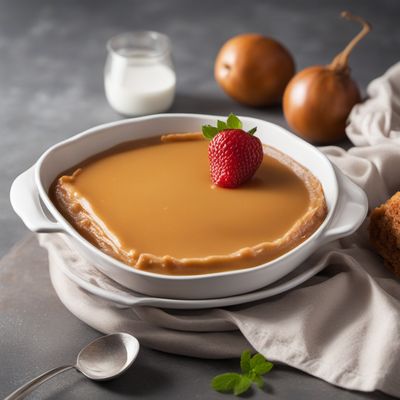
Ingredient
Mustard seeds and similar-
The Zesty Gems: Unveiling the World of Mustard Seeds
Mustard seeds come in different varieties, including yellow, brown, and black. They have a pungent, spicy, and slightly bitter taste, with a crunchy texture when toasted. These seeds are often used as a seasoning or condiment, providing a distinct flavor to sauces, dressings, pickles, and marinades.
Origins and history
Mustard seeds have a long history and are believed to have originated in the Mediterranean region. They have been cultivated for thousands of years and have been used in various culinary traditions, including Indian, Middle Eastern, and European cuisines. Mustard seeds were highly valued for their medicinal properties in ancient times and were even mentioned in ancient Greek and Roman texts.
Nutritional information
Mustard seeds are a good source of essential minerals like calcium, iron, and magnesium. They also contain antioxidants and phytonutrients that have potential health benefits. However, they are high in sodium, so it is important to consume them in moderation, especially for individuals with high blood pressure or sodium sensitivity.
Allergens
Mustard seeds may cause allergic reactions in some individuals, particularly those with a mustard allergy. It is important to be cautious and avoid consumption if allergic symptoms occur.
How to select
When selecting mustard seeds, look for clean, dry, and unbroken seeds. Avoid any seeds that appear discolored, moldy, or have a rancid smell. Opt for whole seeds rather than pre-ground mustard, as they retain their flavor and aroma for a longer period. Store mustard seeds in an airtight container in a cool, dark place to maintain their freshness.
Storage recommendations
To keep mustard seeds fresh, store them in an airtight container in a cool, dark place, away from moisture and direct sunlight. Proper storage will help retain their flavor and prevent them from becoming rancid.
How to produce
Mustard seeds can be easily grown at home by sowing the seeds in well-drained soil and providing them with adequate sunlight and water. They can be harvested when the seed pods turn brown and dry. It is a rewarding experience to grow and harvest your own mustard seeds.
Preparation tips
Mustard seeds can be ground into a powder and used as a spice in various dishes, such as curries, marinades, and salad dressings. They can also be toasted and added to stir-fries, roasted vegetables, or sprinkled over salads for an extra crunch. Mustard seeds are a key ingredient in mustard sauces, pickles, and relishes, adding a tangy and spicy flavor.
Culinary uses
Mustard seeds are widely used in Indian, Middle Eastern, and European cuisines. They are a common ingredient in Indian curries, pickles, and chutneys. Mustard seeds are also used to make mustard sauce, which is a popular condiment in many countries. They add a zesty and tangy flavor to various dishes and can be used as a seasoning or garnish.
Availability
Mustard seeds are commonly available in grocery stores, supermarkets, and specialty spice shops worldwide. They are cultivated in many countries, including India, Canada, Nepal, and the United States.


